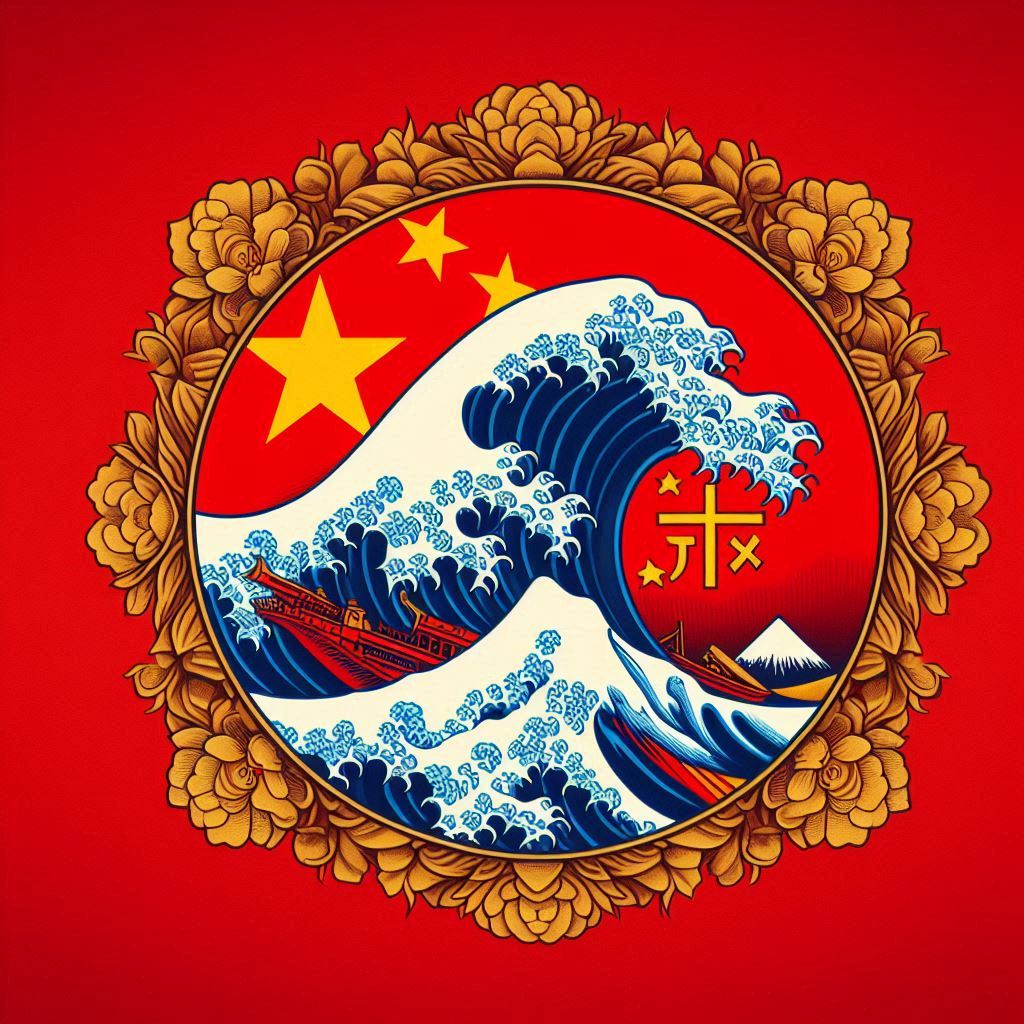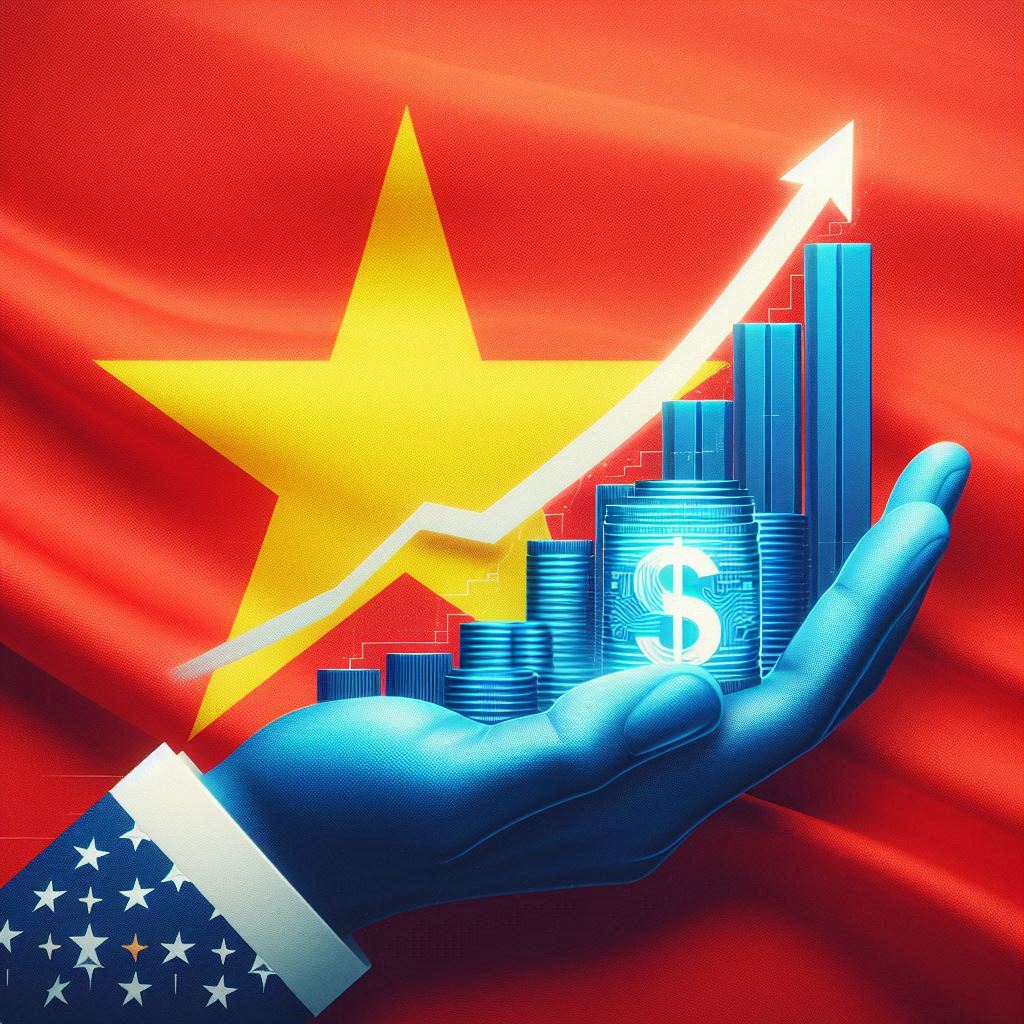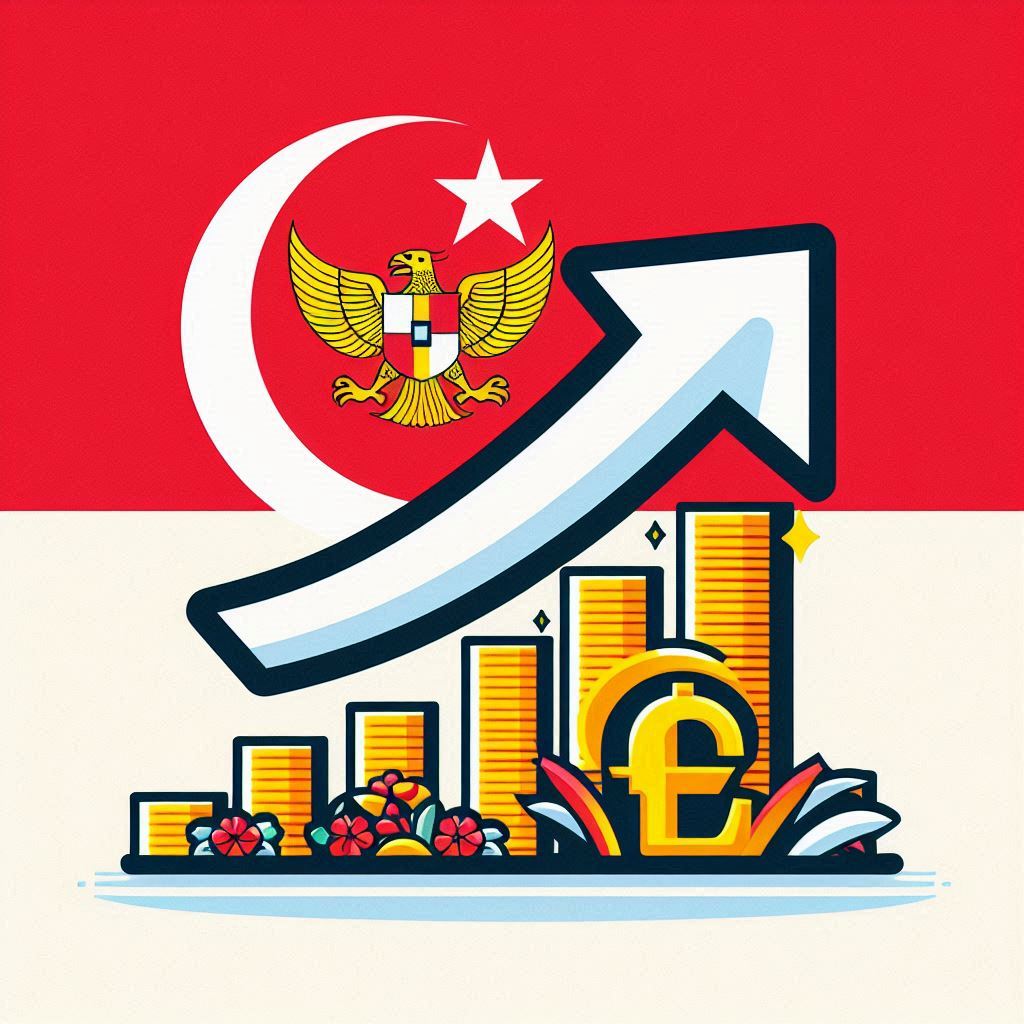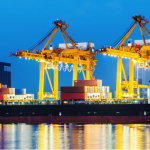Shipper’s Questions About Trump’s Tariffs on China, Vietnam, & Indonesia
Today’s blog will answer questions about President Trump’s tariffs in regards to China, Vietnam, and Indonesia. But first, an introduction…
It’s almost old news that the trade war with China is back. Well, technically, it never really left. President Trump’s tariffs on China from his first term was the one piece of Trump Administration policy President Biden and his administration didn’t try to undo, even though he and the Democrats heavily criticized Trump’s tariffs. In fact, President Biden even added to President Trump’s tariffs. But the trade war has taken on renewed energy after President Trump, a couple weeks ago, implemented a new blanket 10% tariff increase on goods imported from China. China quickly announced it would implement retaliatory tariffs.
If this is anything like the trade war was during Trump’s first term, retaliatory tariffs from China will lead to further tariff hikes from President Trump, which will lead to more tariff hikes from President Xi in China, and so on, and so on… It wasn’t until the Phase One Trade Agreement, which was comprised largely of concessions by China, was reached that the escalation stopped last time. However, China didn’t really follow through on the trade deal stipulations because almost immediately after it was signed, COVID19 broke out in Wuhan, China and quickly expanded into a full pandemic.
Now, you can bet President Trump wants the U.S. to get all the concessions China was supposed to make for the U.S. and more. But China isn’t likely to give in without a fight. It’s currently complaining to the World Trade Organization (WTO) about President Trump’s new tariffs. Many shippers who import from China, not sure how high that expense might climb, are looking for alternative sourcing.
In fact, a furniture importer, because Universal Cargo helps many businesses that import furniture with their international shipping needs, contacted our CEO Devin Burke with questions about President Trump’s tariffs. This importer is thinking about moving his production from China to Vietnam and Indonesia to avoid the high tariffs on goods from China. What he wanted to know could basically be broken down into three questions:

- Has President Trump’s new tariffs on China gone into effect?
- Has he levied new reciprocal tariffs on Vietnam?
- Has he levied new reciprocal tariffs on Indonesia?
I’m sure this furniture importer isn’t the only one with such questions, so I thought it would be worth addressing the questions in Universal Cargo’s blog. Let’s go through them one at a time.
Has President Trump’s new tariffs on China gone into effect?
The simple answer to this question is yes.
As mentioned above, President Trump placed a blanket 10% tariff increase on goods from China via executive order. It went into effect two weeks ago.
In a post also covering the 25% tariffs on China and Canada that President Trump paused in return for increased border protection from the countries, I covered this in more detail.
As also talked about above, the 10% tariff hike is likely only the beginning of the renewed trade war with China. Tariffs on Chinese goods will be an issue we’ll be watching closely here at Universal Cargo, and it will likely be an angoing storyline in Universal Cargo’s blog.
Has President Trump levied new reciprocal tariffs on Vietnam?
Again there’s a simple answer here: no. At least, not yet.

A new tariff hike on Vietnam hasn’t been announced yet by the Trump Administration outside of the steel and aluminum 25% tariffs effective for all countries. For Vietnam, its steel was already taxed at 25% entering the U.S., so that wasn’t really an increase. Aluminum, on the other hand, only had a 10% tariff on it, so that increasing to 25% was significant.
Because a new tariff hasn’t been announced for Vietnam up until this point does not mean that won’t happen. In fact, President Trump’s new policy with tariffs is implementing reciprocal ones. Basically, his team is looking at countries, and if their tariffs on U.S. goods are higher than U.S. tariffs on their goods, increasing U.S. tariffs to match.
Shippers should actually expect a reciprocal tariff to drop on Vietnam goods from the Trump Administration. Here’s why. Khanh Vu and Francesco Guarascio report in a Reuters article:
Among top U.S. trading partners, Vietnam is one of the countries with the largest tariff gaps, charging higher import duties than those applied by the United States.
That means the reciprocal tariffs the Trump Administration places on Vietnam should be among the highest it implements once all the reciprocal tariffs have been put in place. There is, however, an interesting mitigating factor. Vu and Guarascio also reported:
“Vietnam is ready to open its market and increase imports of agricultural products from the United States,” [Vietnam trade minister Nguyen Hong Dien] told U.S. Ambassador to Vietnam Marc Knapper at a meeting this week, the Vietnamese government said on Friday.
One of President Trump’s top goals with tariffs is to eliminate trade deficits the U.S. has with other countries. It will be interesting to see if getting commitments from other countries to import more goods from the U.S. will result in reduced or paused reciprocal tariffs on those countries. President Trump has already proven that he uses tariffs and tariff threats as negotiating leverage.
Has President Trump levied new reciprocal tariffs on Indonesia?
The answer here is the same as with Vietnam. Not yet.

President Trump tasked his team with analyzing each country and coming up with an individualized tariff plan for it.
When it comes to Indonesia in particular, reciprocal tariffs do appear likely. Without getting too deep in the weeds, duties on U.S. goods imported to Indonesia are generally higher than U.S. duties on goods imported from Indonesia. Indonesia’s average duties are reportedly around 7.5% and they have a Value Added Tax (VAT) of 10%. Compare that to the U.S. reportedly averaging 3.5% duties on goods imported from Indonesia.
According to the U.S. Trade Representative, the U.S. had a trade deficit of $17.9 billion in 2024. Thus, it’s possible a commitment to significant import increases from the U.S. to Indonesia could come into play in negotiating a reduced or waived reciprocal tariff hike.
However, unlike Vietnam, I haven’t seen anything from Indonesia saying it plans to do so. However, an interesting and positive response has come out of the country in the wake of President Trump’s new tariffs. A Bloomberg article republished by Yahoo! Finance reports:
“Trump’s statements on tariffs are quite shocking in a lot of ways, but we think Indonesia could maximize its market potential if the US imposes tariffs on Chinese goods,” [Deputy Trade Minister Dyah Roro Esti Widya Putri] said in an interview in Jakarta late Wednesday. “We are safeguarding our national trade, while expanding exports.”
China has cut into Indonesia’s manufacturing, especially its garment industry. Cheap clothing imported often illegally from China, according to the article, puts hundreds of thousands Indonesian jobs at risk. With President Trump’s new tariffs around the globe, Indonesia seems to think it will be able to diversify and increase its trade with other countries around the world.
Indonesia’s response to President Trump’s tariff statements and announcements is described in the Bloomberg article as measured. It will wait for the situation to become clear and then make or implement its trade policies in response as seems best for the country. This does seem to be the type of policy that runs parallel to President Trump’s America First philosophy, where he said in his first term’s inaugural speech that he would act in America’s interest first and other country’s should act in their best interests first. I would expect the Trump Administration and Indonesia’s government to negotiate well with each other.
It may be rather than seeing full hikes of U.S. tariffs to get duties on Indonesian goods (and those of other countries too) as high as Indonesia’s duties on U.S. goods, the Trump Administration may negotiate for a decrease on duties for goods going to those countries to match America’s duties or some kind of meeting in the middle. However, it’s all conjecture until President Trump announces planned tariff hikes and/or any deals made with other countries, like Indonesia.
What should be noted is reciprocal tariffs on countries like Indonesia and Vietnam should not be as high as the tariffs President Trump places on Chinese goods.





